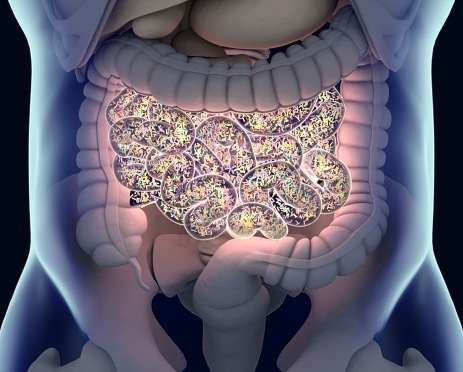
Recent research from Marinde J.G. Bond, MD, and colleagues published in Clinical Cancer Informatics sought to determine the benefits of FOLFOXIRI plus bevacizumab compared with infusional fluorouracil, leucovorin, and oxaliplatin/fluorouracil, leucovorin, and irinotecan (FOLFOX/FOLFIRI) plus bevacizumab in patients with metastatic colorectal cancer (mCRC).
To predict 2-year mortality, researchers developed a Cox model that included prespecified clinical, molecular, and laboratory variables in 639 patients in the TRIBE2 trial. For external validation and heterogeneity of treatment effects (HTE) analysis, researchers used data from the CHARTA (n=232), TRIBE1 (n=504), and CAIRO5 (liver-only mCRC, n=287) trials. HTE analysis involved sorting patients into risk groups and evaluating treatment effects across treatment cohorts.
Investigators assessed performance using the C-index and calibration plots. They also calculated the C-for-benefit to evaluate evidence for HTE, which summarizes the discrimination of a model and was specifically designed for HTE analysis.
The overoptimism-corrected C-index in the TRIBE2 study was 0.66 (95% CI, 0.63-0.69). Upon external validation in CHARTA, TRIBE1, and CAIRO5, the C-index was 0.69 (95% CI, 0.64-0.75), 0.68 (95% CI, 0.64-0.72), and 0.65 (95% CI, 0.65-0.66), respectively. Dr. Bond and colleagues noted that the calibration plots detected a slight underestimation of mortality.
The C-for-benefit indicated evidence for HTE in CHARTA (95% CI, 0.48-0.65), but not in TRIBE1 (95% CI, 0.44-0.55) or CAIRO5 (95% CI, 0.32-0.48).
“Although 2-year mortality could be reasonably estimated, the HTE analysis showed that clinically available variables did not reliably identify which patients with mCRC benefit from FOLFOXIRI versus FOLFOX/FOLFIRI, both plus bevacizumab, across the 3 studies,” the researchers wrote.







 © 2025 Mashup Media, LLC, a Formedics Property. All Rights Reserved.
© 2025 Mashup Media, LLC, a Formedics Property. All Rights Reserved.